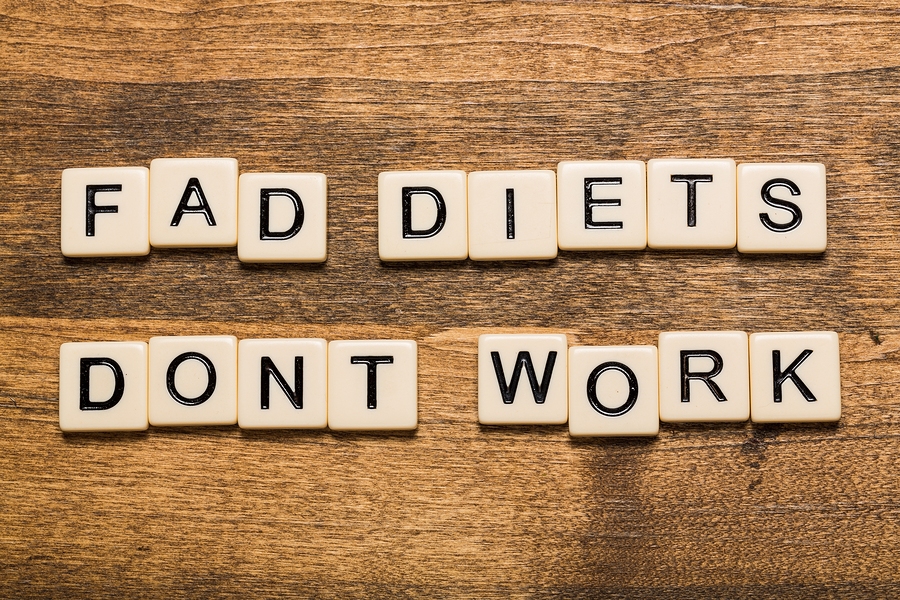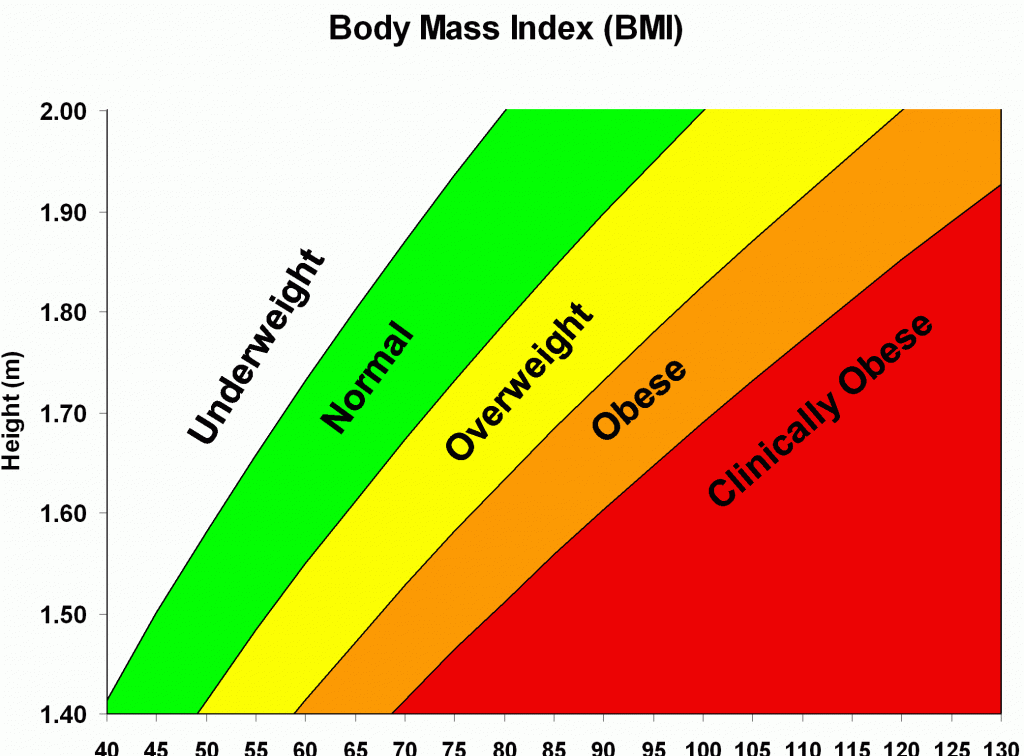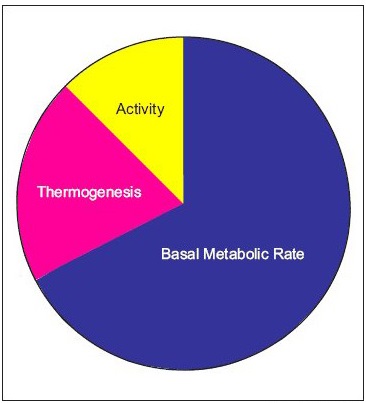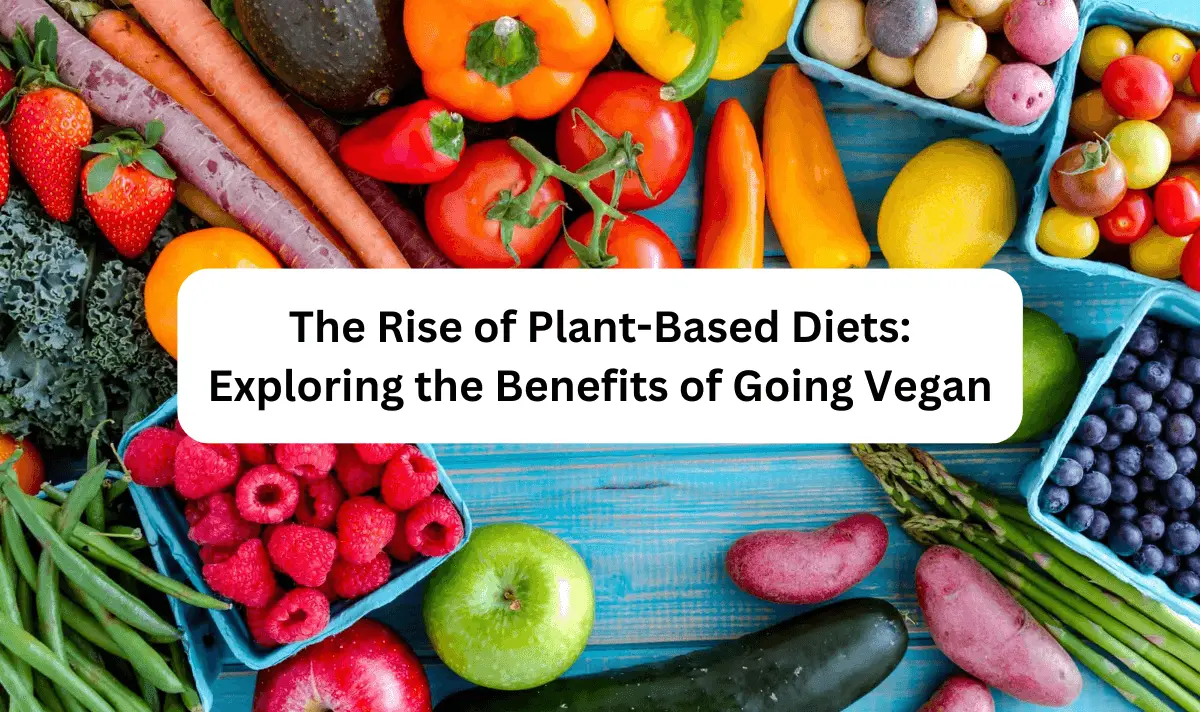See, any diet routine will make you drop weight, and the stricter the diet, the faster you will lose weight and body fat. The problem lies with what you do when you’re done with the diet?
A great many people will fall back on old routines – the same ones that made them overweight to begin with.
This is the reason most eating methodologies end in disappointment. It isn’t so much that they’re inadequate – it is that they are a momentary solution to a lifetime issue.

So, what is the most important thing to know? What diet can you sustain, and enjoy, for the rest of your life?
Perhaps you’re vegan? On the other hand, paleo, or a ketosis fan, or whatever else appeals to you. Maybe you don’t wind up in any established eating ‘system’ and rather make your own choices.
But, in order to do this, you need to learn what it is that is causing you to gain weight. There are, believe it or not, overweight vegans too – I know more than my fair share of vegans with weight management issues. They restrict their diets so much that they end up eating McDonalds fries for most meals.
I know Paleo followers who, despite jumping on the cross-fit bandwagon, cannot seem to shift their stubborn fat. For every person doing well with ketosis there are a handful suffering through cold symptoms and carb cravings, while still not losing weight.
Regardless of the diet you choose, you need to eat a caloric deficit to lose weight, and then maintain a balance at your target weight to prevent you from gaining weight. Achieving a balanced, healthy body mass index should be considered a more sustainable, healthy alternative to just shedding pounds. To determine your BMI, using tools to keep track over time is a sure fire way to improved health and sustained weight loss.

(Image source: http://motivation.ie/weightlosstools/bmi/)
For an exaggerated example, if you eat 3000 calories of lettuce a day you will gain weight if you only burn 2000 calories (I wouldn’t want to be the one to test that, it’s about 20kg of lettuce!)
The way this is done, is by making educated food choices, choosing nutrient dense and low calorie food. Food that helps you feel full while providing all of the nutrients you need to survive – protein, carbs, fats, minerals and vitamins.
Let me use another analogy for a moment to illustrate this point.
Bill and Ben are planning a hiking trip up the west coast of Ireland, though fields and mountains, wind and rain. They know that they need to pack light but they also need to pack clothes that will keep them protected from the cold.
Bill starts packing, with modern thermal materials, in multiple layers. Bill brings a number of light weight base layers, that wick away sweat. Some fleece jumpers and pants, waterproof and windproof outer-jackets, gloves, hats and good boots. All specifically designed to keep him dry, sheltered from the wind, while being lightweight. It all fits neatly in his backpack. If he gets hot he can remove a layer, or add one in the cold.
In comparison, Ben goes home and thinks “What is my favorite, warmest thing I own?” and packs a 15 Tog Super-King Duvet, and some snuggly slippers. Which of them will be warmest on this hike through the woods? I bet Bill will be fine as Ben is dragging around a sodden, heavy, useless duvet.
The point here, before I get lost in fantasy, is Bill has made choices to give him what he needs in the minimum sized package, where Ben has taken what makes him feel good. He hasn’t adjusted his thought process for the situation just “I like that; I will bring that”.
This is the same mentality when it comes food choices. Many people aim to lose weight by eating the same food they usually do, but less of it. Often failing shortly after, as they do not get enough sustenance.
Bread, for example is the food equivalent of a duvet. It’s tasty, comforting and really hard to replace. But, it brings nothing to a meal other than those factors. It has minimal protein, a large number of carbs and very little else. Sodium, usually lots of it.
Whereas a selection of meats, nuts and vegetables will provide fats, protein and a number of vitamins in good amounts, as well as a large part of fiber requirements. Compared calorie for calorie an entire plate of almost any vegetable is equal to just a few slices of bread.
Most organized diets aim to restrict a certain food type, villainizing it so people begin to think “I can’t eat bread, bread is bad for me, bread is making me fat” – You can replace bread with almost any other food stuff in that thought and you’ll have covered most fad diets.
Although, that is not the case. There is nothing wrong with bread, or carbs, or fats, or any other of the oft restricted foods when it comes to weight loss (I’m not going to comment on religious choices or moral viewpoints here, just argue about weight loss for now). But they may not be the best packing choices for the journey ahead.
So what do we need to pack? Well, let’s examine
Firstly, before we go anywhere we need information. What will be expected to do, what will we need to overcome, where are we going to end up? The more information about the weight loss journey we have, the easier it is to pack.
I’m going to continue with this crazy mixed metaphor, as it seems easy to approach and understand. I hope you follow along!
We can start with BMR, or basal metabolic rate – this is the speed of your metabolism, or how much energy it takes to keep you alive. If you did nothing else all day except breath and pump blood you would lose 2500 calories a day (assuming you are a 6-foot male 20-40 years old), 2000 for women. There are variations of this, age, height and physical fitness that affect this number, but usually by no more than +/- 100 to 200.

(Image source: http://www.drugdevelopment-technology.com/projects/taranabant/taranabant3.html)
We can add to this any other exercise we do, let’s say walking and carrying bags, since this is a packing-journey-hiking trip analogy.
I lost eighty pounds’ a few years back. Around fifty to sixty pounds of that came with no activity; I basically ate at a caloric shortage and followed everything on MyFitnessPal—an online nourishment diary with a versatile application. Comparable stories can be discovered every day on gatherings like Reddit’s/r/loseit.
You can actually accomplish this eating garbage sustenance. (in spite of the fact that I don’t prescribe it!) A teacher at Kansas State University lost 27lbs in 2 months eating Twinkies, chips, Oreos, and other garbage.
All the more as of late, I lost 6lbs subsequent to eating solely at corner stores for 30 days. I traversed 9 states and went by more than 200 stores—all with an end goal to demonstrate that you can “eat out” and still be solid. Yet, to be reasonable, the comfort store industry is striving to make empowering nourishment accessible on-the-go. Discovering natural product, veggies, and great made-to-request choices was simpler than I suspected it would be.
So here’s the point: don’t make this convoluted. Getting thinner is simple.
The crucial step is coming to the heart of the matter where you’re done carrying on with the way of life of an overweight individual. Be that as it may, once that happens, nothing will stop you.
As we all come in different shapes and sizes, rather than being too bogged down in how we look from a cosmetic perspective, aiming to achieve a healthy body mass index is ultimately far more important than what’s on the scale.

